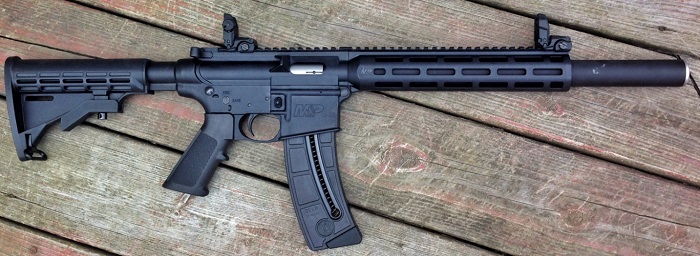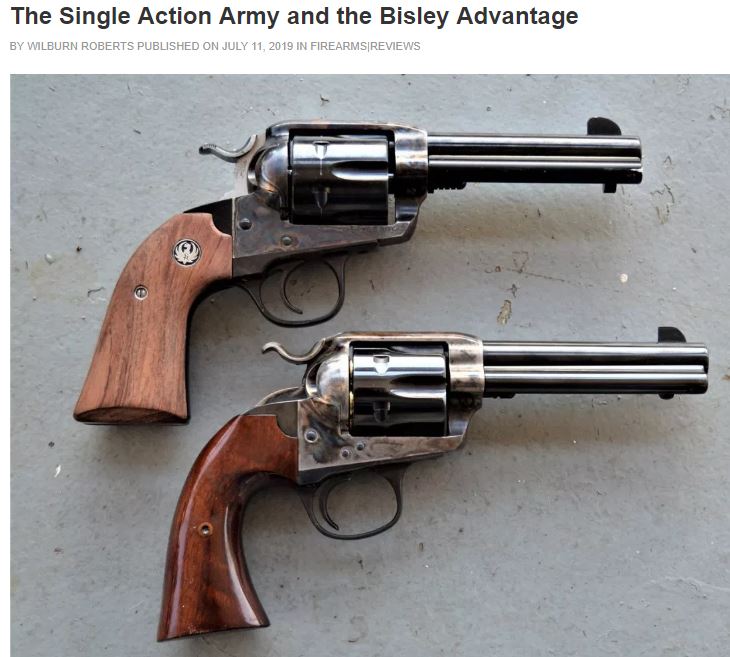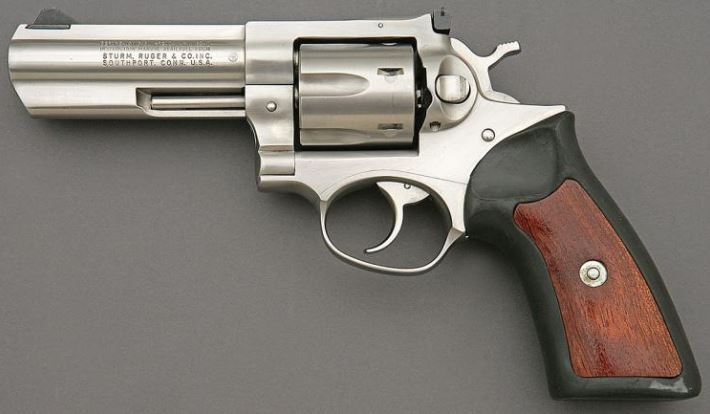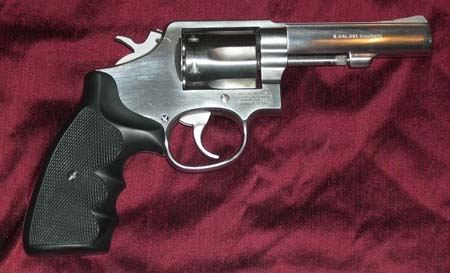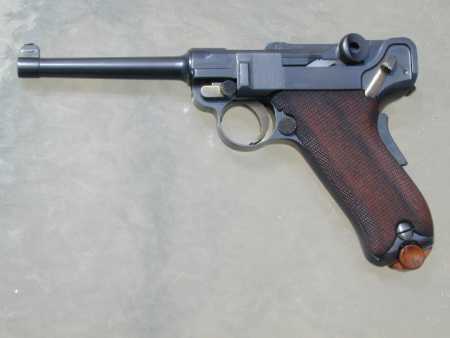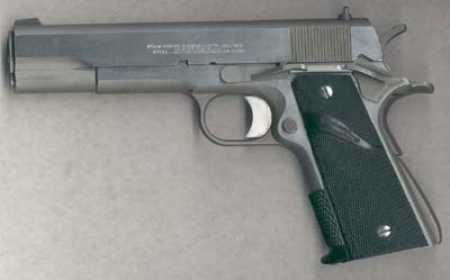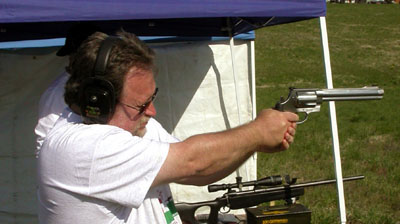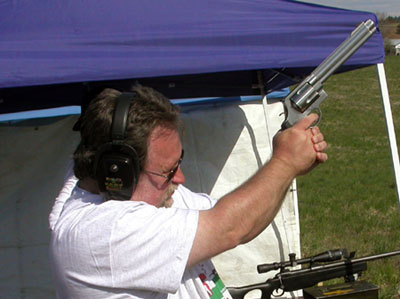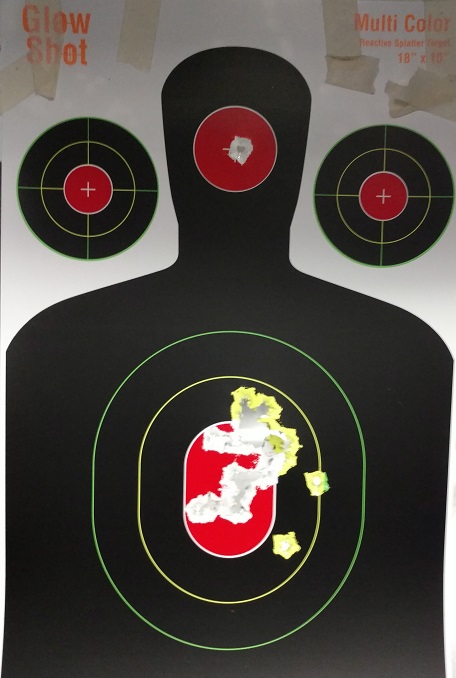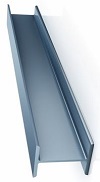Over at American Hunter there’s an article entitled Top 5 Underrated Deer Cartridges, to whit:
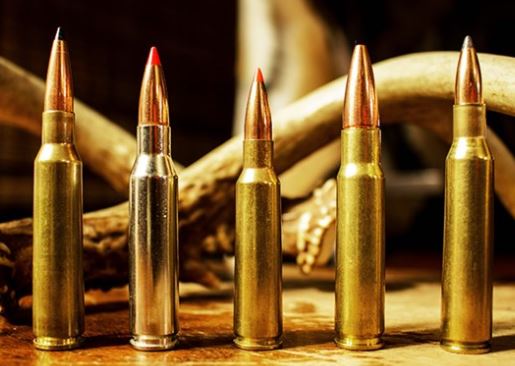
6.5x55mm Swede / 7mm-08 / .250 Savage / .338 Federal / .257 Roberts
Longtime Readers will know of my love for the 6.5x55mm Swede, so ’nuff said on that topic (although a recent chat with Combat Controller reminded me that in a stiff crosswind, the otherwise-excellent 6.5mm boolet will get blown around more than a little).
I have no issue with the 7mm-08 either; in fact, I kinda prefer it to the .308 Win simply because it seems to kick my aged shoulder a lot less, for about the same result at the naughty end of its flight. Here’s an approximate comparison, using the same bullet weight:

The Savage 99 rifle chambered in the .250-3000 cartridge might be one of the best deep-forest small-game combinations available. Trouble is, not many other rifles are chambered for the old cartridge anymore (if ever).
As for the .338 Federal, I’m kinda leery about “new” cartridges which don’t do much more than existing ones, and this cartridge almost defines the breed. Let’s just do a quick comparison of (say) three different cartridges, all shooting the .338’s 200-grain pill:
Okay, the .30-06 has just about reached its upper limit with the heavier 200gr (as opposed to its most-common 165gr weight), so let’s ignore that one. The .338 is best compared with the .300 Win Mag, methinks, and it’s not bad in that regard — and the per-box cost for each is about the same (a little under $40 for the premium variants).
Finally, we come to the venerable .257 Roberts. I happen to like this cartridge myself, but let’s face it: it shoots a bullet of .25x-inch diameter, which means it’s up against our old friend the .243 Winchester. Ballistically speaking, a sample shows the following: 
It’s not quite an apples-to-pears comparison (despite the 10-grain bullet weight difference), because in the long run, the .257 Roberts costs more than double the .243 Win and that makes for expensive practice.
Which brings me to the summary of the whole issue. You’re not going to go wrong with any of the above “underrated” cartridges: all will do the job as advertised on pretty much most deer in the lower 48. The problem is that underrated, in the cartridge sense, means nobody shoots them much — which means that all of them pretty much fail Mr. Free Market’s Availability Test (Cliff Notes: if gun and ammo are separated in transit, will you find a box of your ammo in Bubba’s Bait ‘n Tackle / your guide’s glove box?). Even in this company, I think you’re more likely to find any of the above ahead of the .338 Federal (which, to my mind almost defines a “fad” cartridge — i.e. invented by a rifle company to drive sales), so even though it’s a decent cartridge, it’s deservedly underrated by the market.
It also means that the ammo for all the above will be way more costly than their ballistic equivalents, and you won’t find too many rifles thus chambered, either.
All that said, if I were to find a (decently-priced) Savage 99 lever rifle in .250-3000, or a bargain-basement Savage Mod 11 in 7mm-08, or a cherry pre-’64 Winchester 70 in .257 Roberts, would I ignore the deal? Would you?
Update: I fixed the typo which made the .257 Roberts bullet of .243 diameter. Now please excuse me while I go and beat the shit out of my incompetent proofreader…

